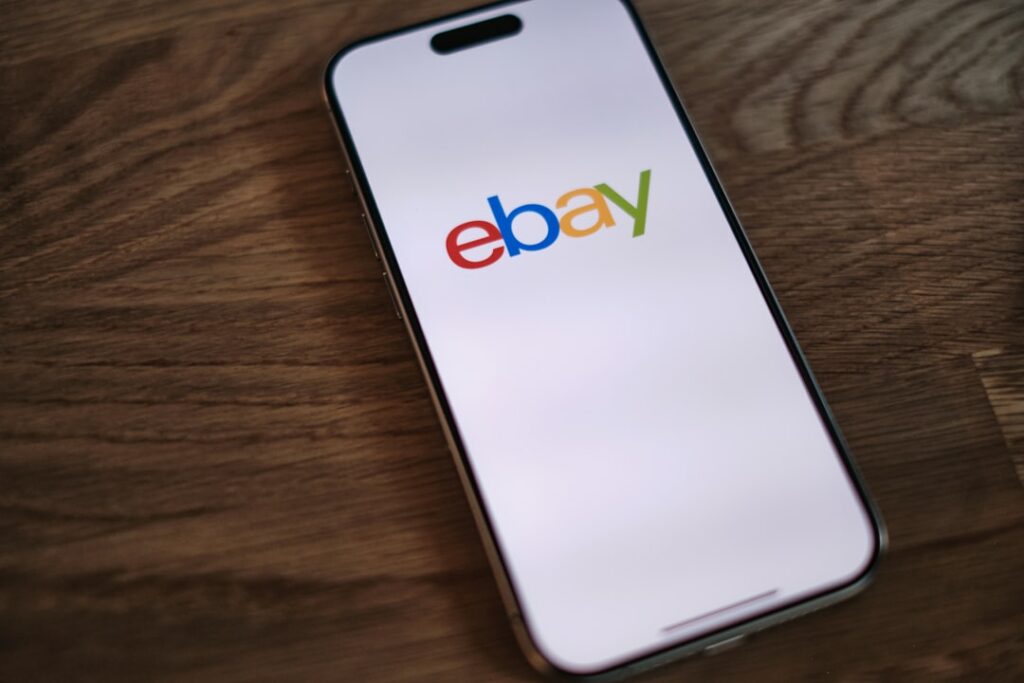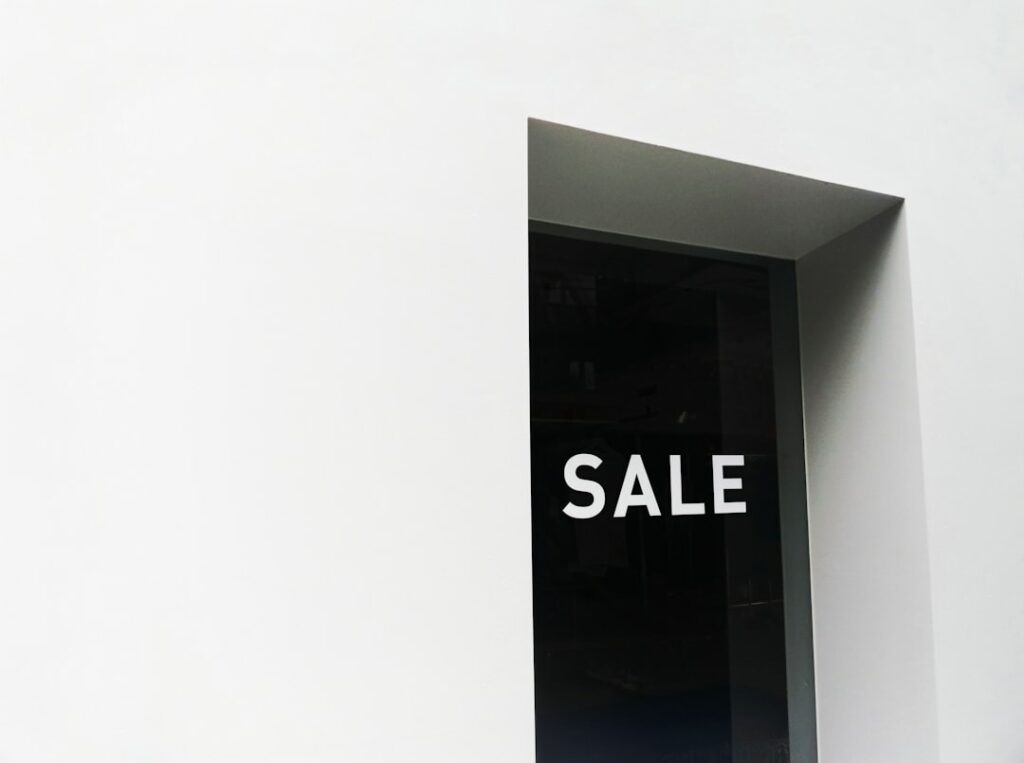eBay Selling Fees: A Beginner’s Guide
Step 1: Understand eBay’s Fee Structure
Research Different Fee Types
Before you list anything on eBay, it’s crucial to grasp the various types of fees you might encounter. The primary fees are Insertion Fees (for listing an item), Final Value Fees (a percentage of the sale price once an item sells), and optional Listing Upgrade Fees (for features like bold titles or subtitles). There are also store subscription fees if you choose to open an eBay Store, and PayPal (or managed payments) processing fees. Familiarize yourself with the current fee policies, which eBay updates periodically. Always refer to eBay’s official “Fees for selling” pages for the most up-to-date and accurate information, as these can vary by country and category.
Identify Your Selling Category
The category in which you list your item significantly impacts the Final Value Fee percentage. For instance, selling a collectible coin might incur a different percentage than selling a piece of clothing or an electronic device. Before listing, browse eBay’s category structure and identify the most appropriate and specific category for your item. This not only helps buyers find your item but also ensures you’re subject to the correct fee structure. Listing in an irrelevant category might lead to higher fees or even item removal by eBay if it violates their policies.
Step 2: Calculate Insertion Fees
Determine Your Number of Free Listings
eBay offers a certain number of “free” insertion fee listings each month to most casual sellers. The exact number varies by account type and current promotions, but it’s typically around 200-250 for non-store subscribers. To find your current allowance, log into your eBay account, go to “My eBay,” then “Selling,” and look for a section detailing your monthly listing limits or promotions. Keep track of how many free listings you’ve used to avoid unexpected charges. If you have an eBay Store subscription, your free listing allowance will be significantly higher, depending on your store tier (e.g., Basic, Premium, Anchor).
Calculate Fees for Additional Listings
Once you exceed your free listing allowance, eBay charges an insertion fee for each subsequent listing. This fee is generally a flat rate per listing, regardless of the item’s starting price. For example, it might be $0.35 per listing. This fee is charged whether your item sells or not, and it’s non-refundable. If you list the same item multiple times (e.g., a multi-quantity listing), the insertion fee applies per listing, not per item sold within that listing. Be mindful of this when planning bulk listings or relisting unsold items.
Step 3: Calculate Final Value Fees
Find the Applicable Final Value Fee Percentage
The Final Value Fee is the most significant fee for most sellers, as it’s a percentage of the total sale amount. This percentage varies widely by category. For example, electronics might have a 5% fee, while clothing could be 12.9%. To find the exact percentage for your item, navigate to eBay’s “Selling fees” page and locate the table that breaks down fees by category. It’s crucial to select the correct category for your item to get an accurate fee estimate. This fee is only charged when an item successfully sells.
Factor in Shipping Costs for Final Value Fees
A common misconception is that Final Value Fees only apply to the item’s selling price. However, eBay’s policy states that Final Value Fees are calculated on the total amount the buyer pays, which includes the item price, shipping costs, and any sales tax (where applicable). Therefore, when calculating your potential profit, remember to include the shipping cost in your Final Value Fee calculation. For example, if an item sells for $50 with $10 shipping, and the Final Value Fee is 10%, the fee will be 10% of $60 ($6.00), not just 10% of $50 ($5.00).
Step 4: Account for Optional Listing Upgrades and PayPal Fees
Review All Available Listing Upgrades
eBay offers various optional listing upgrades designed to make your listing stand out, such as bold titles, subtitles, gallery plus (larger main image), listing in two categories, or scheduled listings. While these can increase visibility, they come with additional, non-refundable fees. For instance, a bold title might cost $2.00, and a subtitle another $1.50. Before adding any upgrades, evaluate their potential return on investment. For most standard items, basic listings are sufficient. Only consider upgrades for high-value or highly competitive items where the extra cost is justified by increased selling potential.
Understand PayPal’s Transaction Fees
While eBay has shifted to Managed Payments for most sellers, some older accounts or specific regions might still use PayPal, or buyers might still pay via PayPal. If you’re using PayPal, they charge their own transaction fees, typically a percentage of the total transaction amount plus a fixed fee (e.g., 2.9% + $0.30 per transaction for domestic sales). These fees are separate from eBay’s fees. If you’re on eBay’s Managed Payments system, the payment processing fees are integrated into eBay’s Final Value Fee structure, meaning you pay one fee to eBay that covers both the selling fee and the payment processing. Verify which payment system applies to your account to understand the full cost of selling.
FAQs
Q: Do I pay an insertion fee if my item doesn’t sell?
A: Yes, insertion fees are charged when you list an item, regardless of whether it sells. If you exceed your monthly free listing allowance, you will be charged for each additional listing. These fees are non-refundable.
Q: How can I avoid paying high Final Value Fees?
A: Final Value Fees are a mandatory part of selling on eBay once an item sells. You cannot avoid them. However, you can minimize their impact by accurately pricing your items, listing them in the correct categories (to avoid higher percentages for irrelevant categories), and factoring these fees into your profit calculations before listing.
Q: Are shipping costs included in the Final Value Fee calculation?
A: Yes, eBay calculates the Final Value Fee on the total amount the buyer pays, which includes the item price, shipping costs, and any applicable sales tax. This means if you charge for shipping, that amount will also be subject to the Final Value Fee percentage.
Q: What is the difference between eBay’s Managed Payments and PayPal fees?
A: With eBay’s Managed Payments, the payment processing fee is integrated into the Final Value Fee charged by eBay. This means you generally receive one consolidated bill from eBay covering both selling and payment processing. If you’re using PayPal (less common now for new sellers), PayPal charges its own separate transaction fees on top of eBay’s selling fees. Most new sellers are automatically enrolled in Managed Payments.




